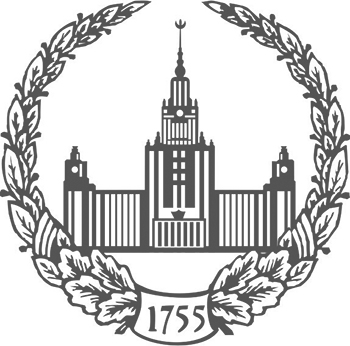ISSN: 2074-8132

ISSN: 2074-8132

Introduction. A dinucleotide deletion of AG at the rs781470490 locus of the SI gene (SI delAG variant) causes dysfunction of the sucrase-isomaltase enzyme and the inability to digest sugar. The deletion frequency in the world is 0.0021%, while among the Inuit (Eskimo) it reaches 17–20%. Research hypothesis: the SI delAG variant is common in all the populations of indigenous northerners.
The study aimed to ascertain the prevalence of the SI delAG variant in the Cis-Ural, Siberian, and Far East populations of the Russian Federation and compare it to that of the Inuit people.
Materials and methods. DNA genotyping and the SI delAG variant frequency analysis were carried out in the samples from study groups of Russians, Komi, Mansi, Khanty, Nenets, Shors, Evenks, Evens, Koryaks, Chukchi (n =613). Corresponding data for the Canadian and Greenlandic Inuit (n =391) were used for comparison.
Results and discussion. The deletion in samples from the Chukchi, Koryak, and Even study groups occurred in 14, 7, and 4%, respectively; there was no the deletion found in the samples of the other Siberian and Cis-Ural groups. The carriage of the SI delAG variant decreases with the distance from the area of the Greenlandic Inuit. The Inuit, Chukchi, and Koryak groups form a distinct cluster. The Paleo-Eskimo do not carry the deletion. Minimal amounts of sugar-containing products appeared in the diet of the Greenlandic and Canadian Inuit at the end of the 19th century, 200 years later than in the diet of aboriginal northerners of Eurasia.
Conclusions. There was no SI delAG variant found in the samples of the indigenous people of West Eurasia high latitude regions. The deletion emerged in Neo-Eskimo population 1.2–2 thousand years ago and has been retained in the small numbered isolate due to their way of existence and diet. In the populations of the northwest coast of the Sea of Okhotsk and the Chukchi Peninsula, the SI delAG variant was brought by the gene flow from the Inuit people. © 2023. This work is licensed under a CC BY 4.0 license.
Introduction. The reproductive parameters of the Tatar population of Siberia were studied, specifically: the Siberian Tatars, the Siberian Bukharans, and the Kolyon Tatars. A comparative analysis was conducted using a unified set of indicators to assess differences among these groups, and in relation to the Volga-Ural Tatars. The results are interpreted within the context of analyzing contribution of biological and non-biological factors to reproductive processes.
Materials and methods. The study encompassed seven ethno-territorial subgroups of the Tobol-Irtysh, Baraba, and Tomsk Siberian Tatars; the Bukharan Tatars, residing compactly in the Tyumen and Omsk regions; and the Kolyon Tatars, descendants of migrants from the Volga region. A total of 667 questionnaires filled out by women over the age of 45 were analyzed; the study examined age-related parameters and vital statistics, including the number of pregnancies and their outcomes.
Results and Discussion. The average number of children surviving to reproductive age enabled the classification of the reproductive type as expanded among the Tobol-Irtysh and Baraba Siberian Tatars, and simple among the Bukharan Tatars, Kolyon Tatars, and Tomsk Siberian Tatars. The ethnoterritorial subgroups of Tobol–Irtysh Siberian Tatars exhibited the lowest rate of prenatal losses compared with other Siberian Tatar groups – the Baraba, Tomsk, and Siberian Bukharan Tatars. The primary contributor to the structure of prenatal losses among the Siberian Tatars comes from medical abortions, with the highest average number observed among the Tomsk Tatars and Siberian Bukharan Tatars.
The Crow index and its components were as follows: for the Siberian Tatars – Im = 0.040, If = 0.355, Itot = 0.409; for the Bukharan Tatars – Im = 0.013, If = 0.242, Itot = 0.258; and for the Kolyon Tatars – Im = 0.038, If = 0.184, Itot = 0.229. And within the ethnoterritorial groups of the Siberian Tatars: Tobol-Irtysh Tatars: Im = 0.031, If = 0.372, Itot = 0.414; Baraba (Baraba-Turash) Tatars: Im = 0.037, If = 0.327, Itot = 0.377; Tomsk Tatars: Im = 0.091, If = 0.303, Itot = 0.421.
Conclusions. The analysis of the obtained data on the reproductive parameters of the Siberian Tatars revealed that, during the studied time period, reproductive processes in the Tatar population of the Siberian region are predominantly determined by non-biological factors. In the studied populations, a low level of natural selection pressure, operating through differential fertility, was observed. © 2025. This work is licensed under a CC BY 4.0 license.
